Dungeons & Dragons
Aberrations 5e D&D Guide

In Dungeons & Dragons 5th Edition, aberrations are a category of monstrous creatures that deviate from the natural order of the world.
They are often bizarre, disturbing, and alien in appearance, behavior, and abilities.
What is Aberrations in D&D 5e?
Aberrations in Dungeons & Dragons 5th Edition are monstrous creatures that defy the natural order, displaying unnatural anatomy, abilities, and motives.
These entities often hail from other planes of existence, embodying bizarre and unsettling traits.
Their origin stories and behaviors are frequently wrapped in mystery, making encounters with aberrations intriguing and terrifying.

Here’s what you need to know about aberrations in D&D 5e:
Characteristics of Aberrations:
- Alien Physiology: Aberrations are often described as having strange and otherworldly forms. They might have multiple limbs, unusual sensory organs, or even lack a recognizable anatomy. Their appearance can be unsettling and nightmarish.
- Otherworldly Abilities: Aberrations possess abilities that defy the laws of nature. These can include psychic powers, manipulation of reality, teleportation, or the ability to induce madness in those who encounter them.
- Unpredictable Behavior: Aberrations don’t always adhere to typical animal instincts or human motivations. Their actions can be driven by incomprehensible purposes, making them enigmatic and challenging foes or allies.
Examples of Aberrations:
- Mind Flayers (Illithids): Mind flayers are iconic aberrations known for their octopus-like heads, psychic powers, and the ability to extract and consume the brains of other creatures. They are often depicted as masterminds behind secretive and sinister plots.
- Beholders: Beholders are spherical creatures with a massive eye in the center and numerous eyestalks, each capable of a different magical attack. They are paranoid and xenophobic, often dwelling in underground lairs filled with bizarre creations.
- Aboleths: Aboleths are ancient, aquatic aberrations with powerful mind-control abilities. They are known for their knowledge of ancient history and often manipulate others to achieve their goals.
- Flumphs: Flumphs are one of the few benign aberrations. They resemble jellyfish with tentacles and float through the air. Flumphs are telepathic and are often depicted as protectors against more malevolent aberrations.
- Gibbering Mouthers: Gibbering mouthers are chaotic masses of mouths, eyes, and teeth. They emit nonsensical gibberish and can cause confusion and madness in those who hear their babbling.
Interacting with Aberrations:
- Madness and Fear: Aberrations are frequently associated with madness and fear. Characters encountering aberrations might need to make Wisdom saving throws to avoid becoming frightened or succumbing to psychic attacks.
- Unraveling Mysteries: Aberrations are often tied to mysterious plots, ancient artifacts, or cosmic horrors. Adventures involving aberrations can delve into the unknown, unveiling secrets that challenge the characters’ understanding of reality.
- Roleplaying Challenges: Playing aberrations as Dungeon Master can be challenging due to their alien mindset. Think in terms of logic that doesn’t adhere to human norms, creating dialogue and interactions that emphasize their otherworldly nature.
Frequently Asked Questions (FAQs) about Aberrations:
1. Q: Are all aberrations evil in nature?
A: No, not all aberrations are inherently evil. While many aberrations are depicted as malevolent, there are exceptions. Some aberrations, like flumphs, are benign and might even be allies to adventurers.
2. Q: Are aberrations immune to mind-affecting spells and abilities?
A: Not all aberrations are immune to mind-affecting effects. Abilities such as charm and fear might still affect certain aberrations, but others, like mind flayers, often possess resistance or immunity to such spells due to their psychic nature.
3. Q: Can aberrations be reasoned with or negotiated with like humanoid creatures?
A: Attempting to reason with aberrations can be challenging due to their alien thought processes. However, in certain situations, especially when dealing with non-hostile aberrations, creative and empathetic players might find ways to communicate or broker deals.
4. Q: Do aberrations have specific vulnerabilities or resistances that adventurers can exploit?
A: Aberrations vary widely in their resistances and vulnerabilities. Some might be resistant to certain damage types, while others could have vulnerabilities. Thorough research, magical divination, or encounters with knowledgeable NPCs might reveal specific weaknesses.
5. Q: Can aberrations be controlled or summoned by spellcasters?
A: Yes, some spells and rituals in D&D 5e allow spellcasters to control or summon aberrations temporarily. However, these practices are often dangerous and involve significant risks, as aberrations are not easily controlled due to their unpredictable nature.
Understanding aberrations in D&D 5e can add depth and intrigue to your adventures, providing unique challenges and opportunities for storytelling in the world of the bizarre and unknown.
Safe travels, and may you navigate the mysteries of aberrations with courage and wit!

-

 Dungeons & Dragons6 months ago
Dungeons & Dragons6 months agoHeavy Crossbow 5e D&D Guide
-
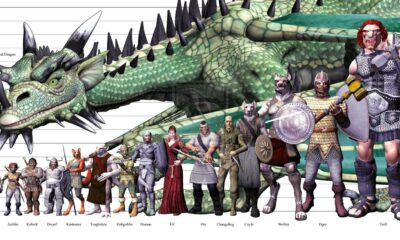
 Dungeons & Dragons6 months ago
Dungeons & Dragons6 months agoUnderstanding Size Categories in Dungeons & Dragons Guide
-

 Dungeons & Dragons6 months ago
Dungeons & Dragons6 months agoMinor Illusion 5E D&D Guide
-
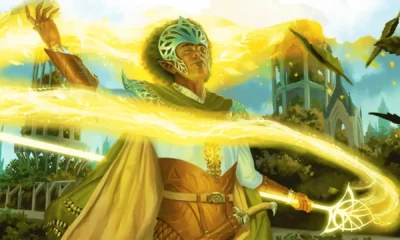
 Dungeons & Dragons6 months ago
Dungeons & Dragons6 months agoThaumaturgy 5e D&D Guide
-
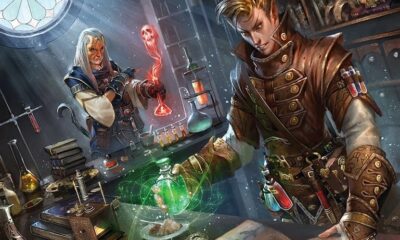
 Dungeons & Dragons6 months ago
Dungeons & Dragons6 months agoHerbalism Kit 5e D&D Guide
-
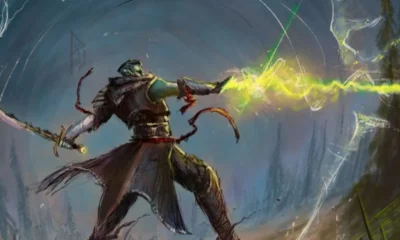
 Dungeons & Dragons6 months ago
Dungeons & Dragons6 months agoRay of Sickness 5e Dungeons & Dragons Guide
-

 Dungeons & Dragons6 months ago
Dungeons & Dragons6 months agoLight Crossbow 5e D&D Guide
-
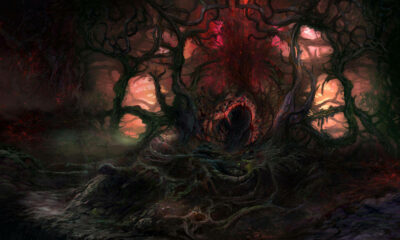
 Dungeons & Dragons6 months ago
Dungeons & Dragons6 months agoInfestation 5e D&D Guide